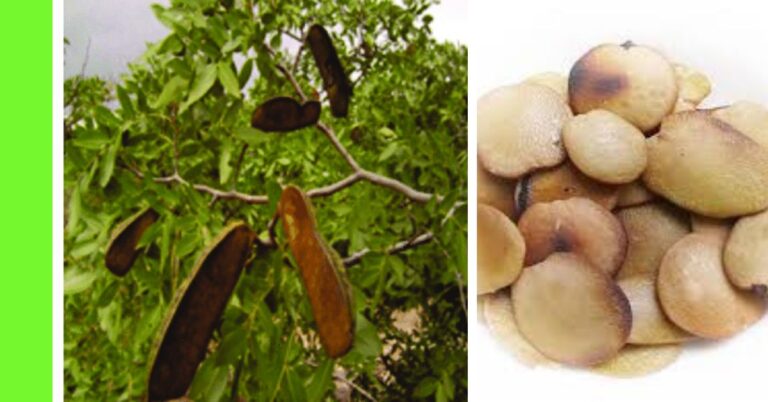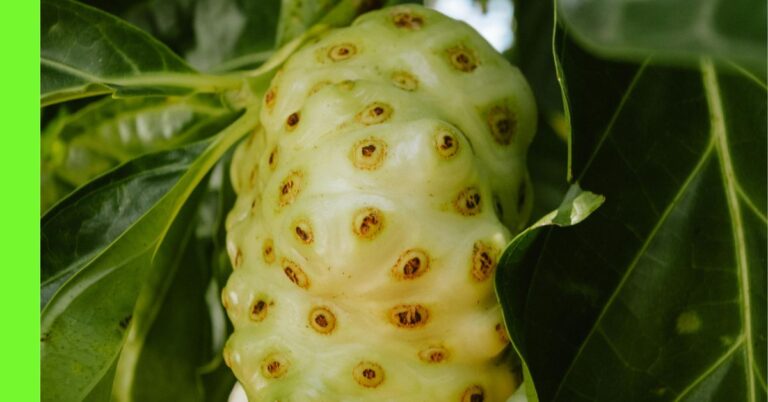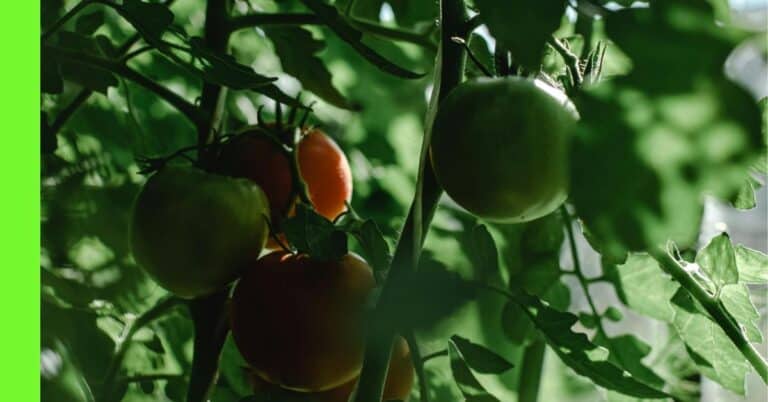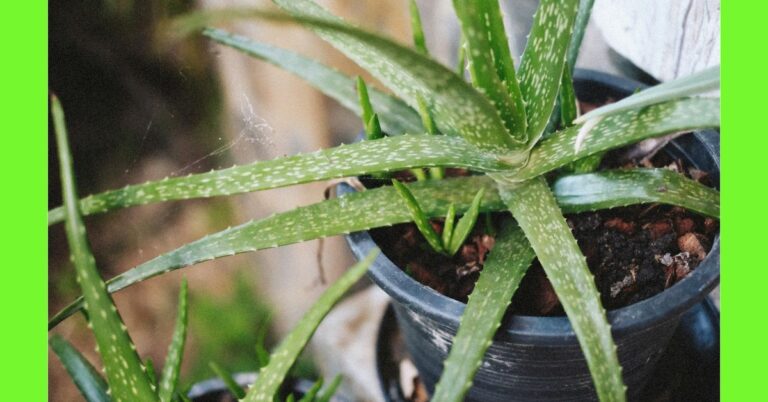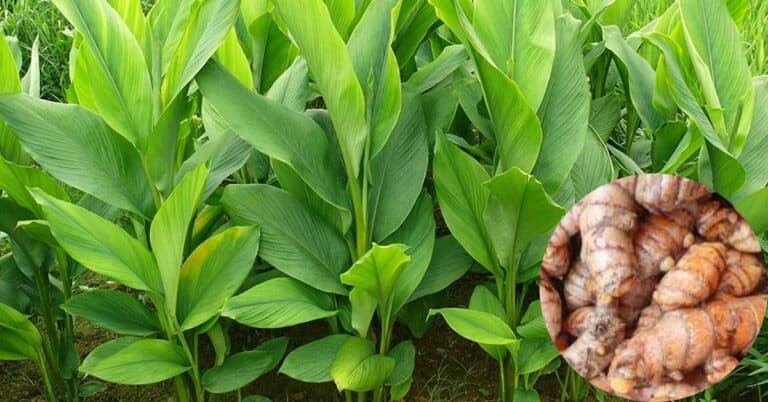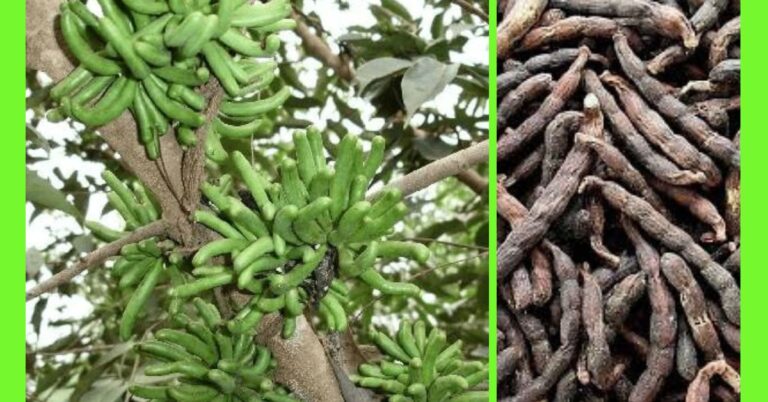Planting Potato: See How To Plant Potato

Potato (Solanum tuberosum) popularly known as Irish potato in Nigeria is an herbaceous annual that grows up to 1 m (3.2 ft) tall.
As the plant grows, the compound leaves make starch that is transferred to the ends of the stem or stolons underground.
The stems thicken to form potato tubers close to the soil surface.
The number of tubers that actually reach maturity depends on available moisture and soil nutrients.
Tubers may vary in shape and size.
Description of the Plant
The plant grows up to a height of 1 m (3.2 ft), its stems and leaves are hairy and divided into about four leaflet pairs.
It has white, pink, purple or blue flowers with yellow at the center; the flowers grow on stalks around 3 cm (1.2 in) long; and measures about 2.5 cm (0.9 in) across.
Potato fruits are a succulent but inedible spherical, yellow-green berry, up to 4 cm (1.5 in) across, they sometimes turn purple when ripe.
Underground, the edible root forms a tuber that can be a range of colours, sizes and shapes, depending on the cultivated variety (cultivar).
A tuber has from two to as many as 10 buds or eyes, arranged in a spiral pattern around its surface.
The buds generate shoots that grow into new plants under a good condition.
Planting Season for Potatoes
Potatoes are grown between March and May for early planting and between June and July for late planting.
Although potatoes can be grown all year round with irrigation in place.
Planting Potatoes
Step 1 – Choose a Location
Select a location that receives a lot of sunlight with well drained soil.
Step 2 – Land Clearing and Preparation
Clear and prepare the soil for planting
Cut down shrubs and grasses, remove any dirt such as nylons or paper
Till the soil to loosen it,
this is very important for the crop to produce well as the plant reproduces underground,
loosen the soil to make it easy for the roots to penetrate and the rhizomes to grow.
Apply a good quantity of manure to the soil.
Prepare a trench or hole about 15 cm (5.8 in) deep to lay the potatoes in.
Step 3 – Seed Selection when Planting Potatoes
Potatoes are reproduced vegetable from other potatoes.
First decide on which potato variety to plant,
Although you can purchase potatoes from the market and grow at home or have potatoes from previous harvest (select healthy and good looking potatoes to plant).
For good yield and better resistance to diseases buy disease-free seed potato from garden or farm stores.
For commercial farming you can’t risk planting random potatoes
The seed potatoes are the same as the potatoes in the market,
The difference is the seeds are treated and preserved for planting purpose
Step 4 – Plant the Seed
Make a trench about 15 cm (5.8 in) deep and place the potatoes in and cover up the trench
Or make individual holes for each potato about the same depth.
When placing the potatoes in the ground be sure to face the sprouted part upwards
The spacing between each plant should be 40 cm by 75 cm
Potatoes can be grown in containers too,
for a medium sized container plant one seed to one pot.
As soon as potatoes grow about 25 cm tall,
Pile up soil around the shoots to form a ridge,
This is a process to be repeated from time to time throughout the potato’s growing cycle.
The reason for this is to protect the developing potatoes from light,
Exposing the potatoes to light causes them to turn green and this kind of potatoes are poisonous therefore should not be eaten.
Step 5 – Watering
The tuber needs a good amount of water to get a good harvest.
Ensure to water the plant at least three times in a week.
Maturity and Harvest
Potatoes come to maturity between 3 to 4 months after planting.
When the leaves and stems die down to the soil level it’s a sign that it’s time to harvest the potatoes.
To harvest the crop carefully dig into the soil to bring out the potatoes,
Avoid cutting into or damaging the potatoes inside the ground.
Remove any green potatoes found as you harvest; this is poisonous do not eat it.
Pest and Diseases
Pests
- Aphids (Aphidoidea)
- Wireworms (Agriotes)
- Cutworms (Agrotis)
- Colorado potato beetle (Leptinotarsa decemlineata)
- potato cyst nematodes (Globodera)
- Voles (Arvicolinae)
Diseases
Bacterial diseases
- Stem and tuber soft rot (Pectobacterium carotovorum and Dickeya)
- Ring rot (Clavibacter michiganensis subsp. sepedonicus)
- Bacterial wilt (Ralstonia solanacearum)
Fungal diseases
- Black dot (Colletotrichum coccodes)
- Common scab (Streptomyces scabies)
- Late blight (Phytophthora infestans)
- Powdery scab (Spongospora subterranea)
- Dry rot (Fusarium)
- Root rot (Rhizoctonia solani)
- Early blight (Alternaria solani)
- Grey mould (Botrytis cinerea)
- Potato wart disease or black scab (Synchytrium endobioticum)
- White mould or stem rot (Sclerotinia sclerotiorum)
Viral diseases
- Potato leafroll virus (PLRV)
- Tobacco rattle virus (TRV)
- Potato virus Y (PVY)
Pest and Disease Control
- Practice crop rotation
- Plant companion crops along with the potato
- Use good potato seeds
- Harvest on time after maturity to avoid infestation
Hope this was helpful?

